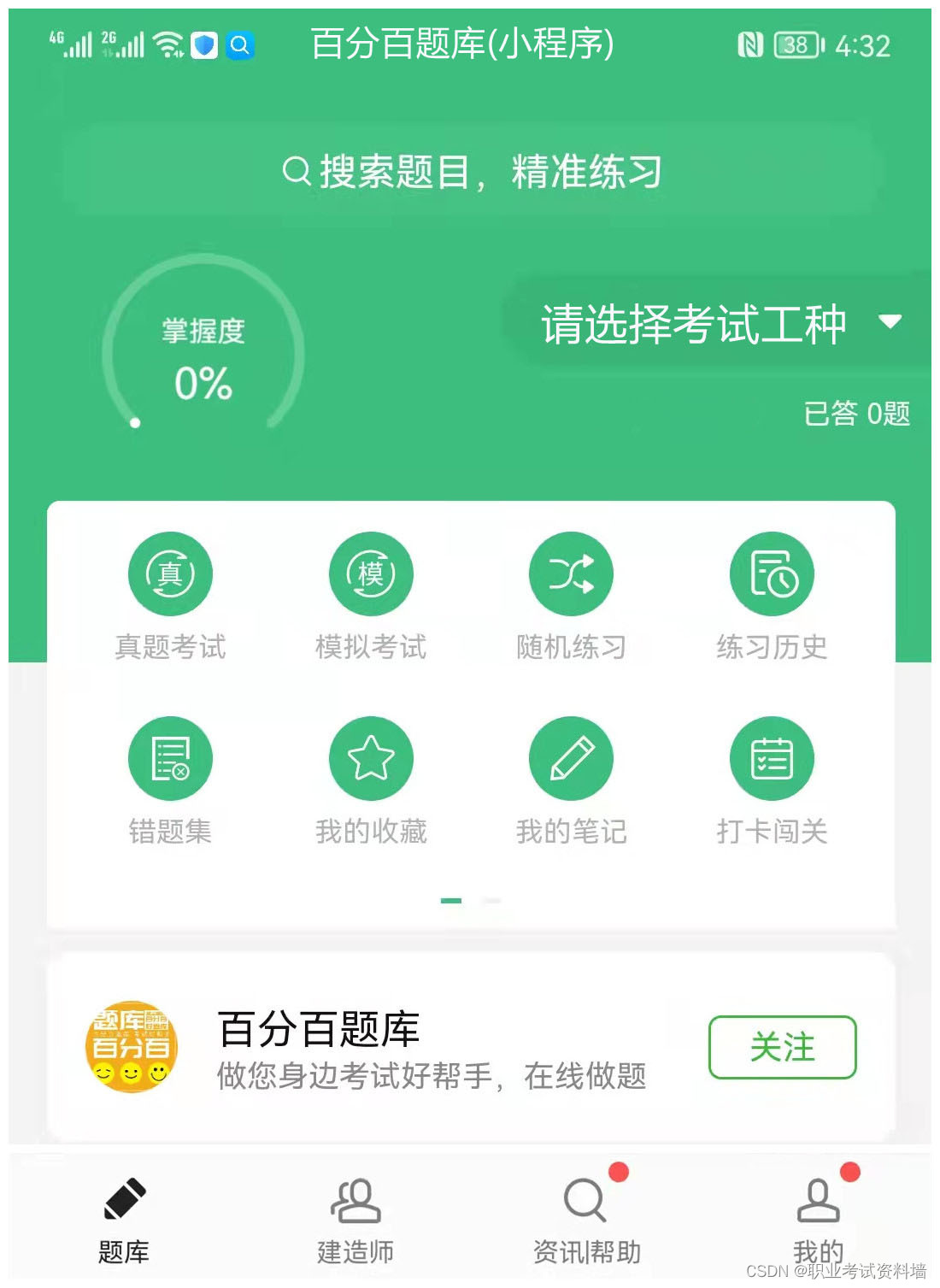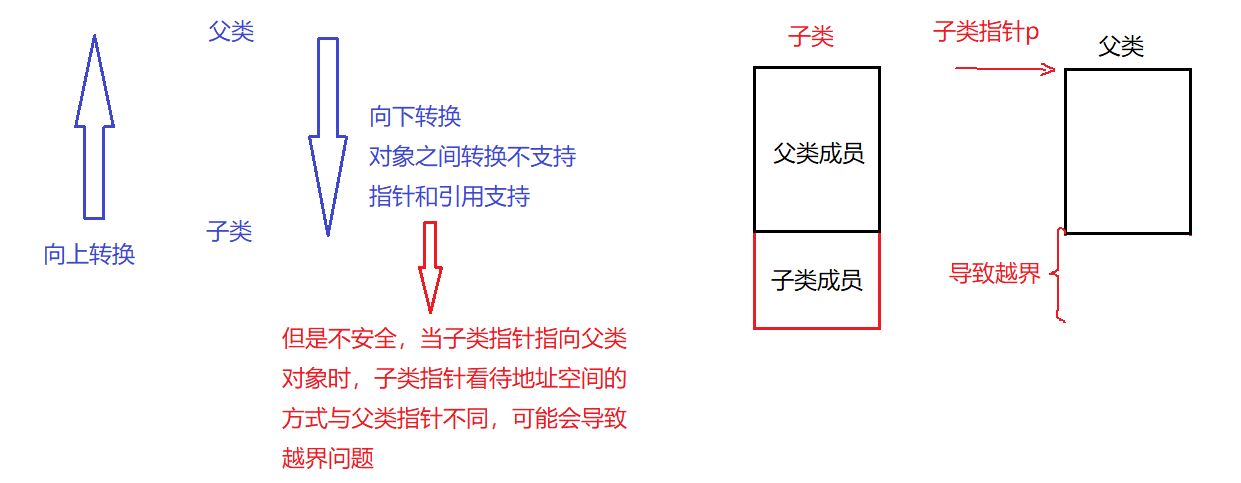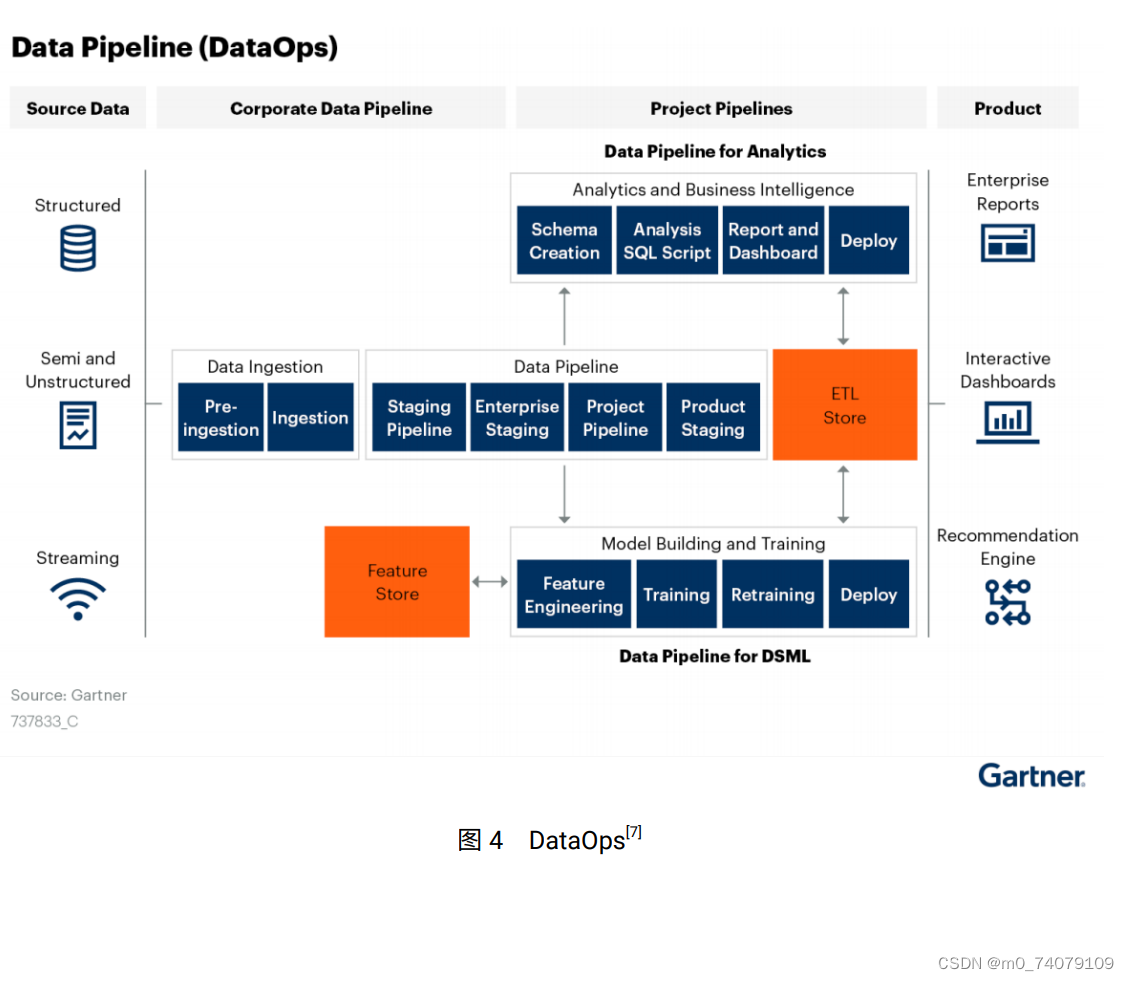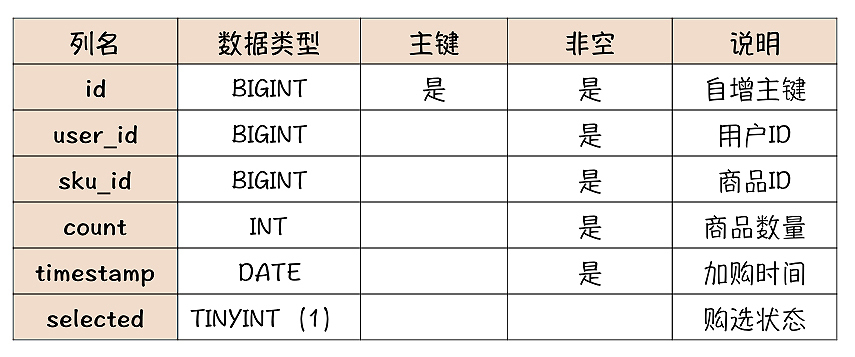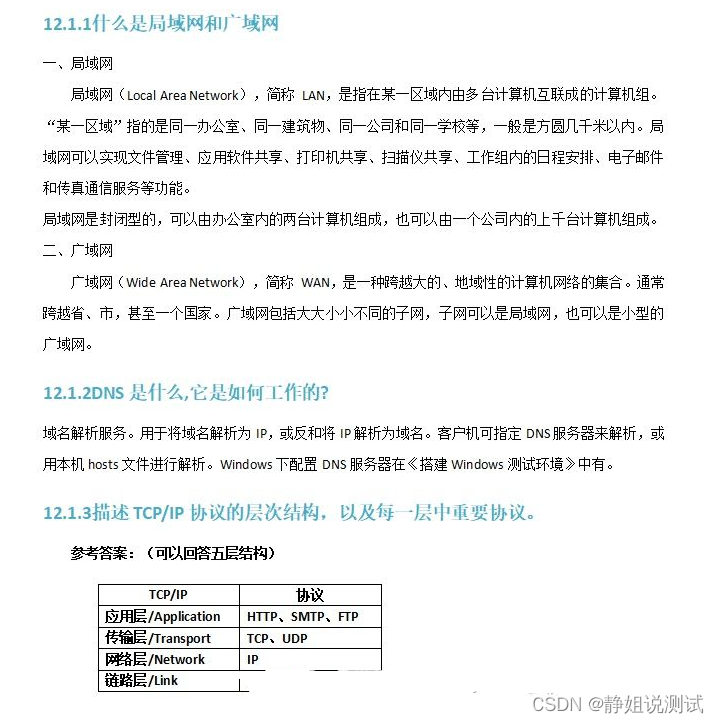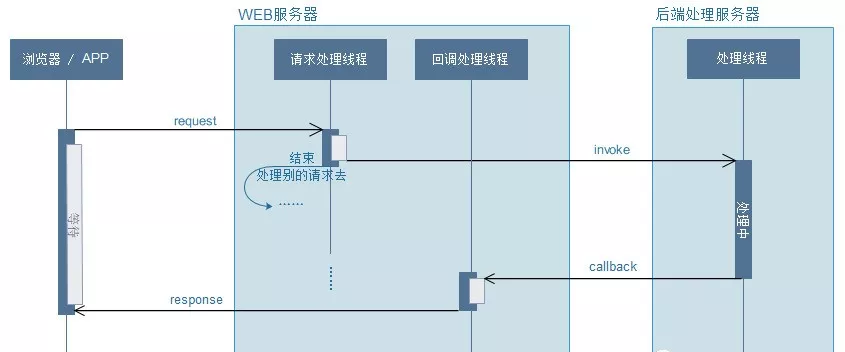近期又有小伙伴私信辉哥,问辉哥现在的接口文档都是怎么编写的?今天辉哥就给大家聊聊,项目中怎么接入Swagger,实现在线接口文档。来,咱们这就开怼!
一. 前言
现在的项目开发很多都会采用前后端分离的模式,前端负责调用接口,进行渲染,前端和后端的唯一联系,就得是依靠API接口来完成。因此API接口文档就变得越来越重要。Swagger就是一个方便我们更好地编写API文档的框架,并且Swagger还可以模拟http请求调用。
二. Swagger使用步骤
废话少说,我们直接上使用教程。
1. 导入jar
<dependency>
<groupId>com.github.xiaoymin</groupId>
<artifactId>knife4j-spring-boot-starter</artifactId>
<version>3.0.3</version>
</dependency>2. 相关配置类
2.1 application.yml中增加配置
# Swagger配置
swagger:
# 是否开启swagger
enabled: true注意:一般在生产环境中不需要swagger,该值可以设置为false。
2.2 Swagger的配置类
配置类中需要使用@EnableOpenApi注解进行修饰。
/**
* Swagger3的接口配置
* <p>
* http://localhost:8080/swagger-ui/index.html#/
*/
@Configuration
@EnableOpenApi
public class SwaggerConfig {
/**
* 是否开启swagger
*/
@Value("${swagger.enabled}")
private boolean enabled;
/**
* 创建API
*/
@Bean
public Docket createRestApi() {
return new Docket(DocumentationType.OAS_30)
// 是否启用Swagger
.enable(enabled)
// 用来创建该API的基本信息,展示在文档的页面中(自定义展示的信息)
.apiInfo(apiInfo())
// 设置哪些接口暴露给Swagger展示
.select()
// 扫描所有有注解的api,用这种方式更灵活
.apis(RequestHandlerSelectors.withMethodAnnotation(ApiOperation.class))
// 扫描指定包中的swagger注解
//.apis(RequestHandlerSelectors.basePackage("com.qfedu"))
// 扫描所有
.paths(PathSelectors.any())
.build()
/* 设置安全模式,swagger可以设置访问token */
.securitySchemes(securitySchemes())
.securityContexts(securityContexts())
.pathMapping("/");
}
/**
* 安全模式,这里指定token通过Authorization头请求头传递
*/
private List<SecurityScheme> securitySchemes() {
List<SecurityScheme> apiKeyList = new ArrayList<SecurityScheme>();
apiKeyList.add(new ApiKey("token", "token", In.HEADER.toValue()));
return apiKeyList;
}
/**
* 安全上下文
*/
private List<SecurityContext> securityContexts() {
List<SecurityContext> securityContexts = new ArrayList<>();
securityContexts.add(
SecurityContext.builder()
.securityReferences(defaultAuth())
.operationSelector(o -> o.requestMappingPattern().matches("/.*"))
.build());
return securityContexts;
}
/**
* 默认的安全上引用
*/
private List<SecurityReference> defaultAuth() {
AuthorizationScope authorizationScope = new AuthorizationScope("global", "accessEverything");
AuthorizationScope[] authorizationScopes = new AuthorizationScope[1];
authorizationScopes[0] = authorizationScope;
List<SecurityReference> securityReferences = new ArrayList<>();
securityReferences.add(new SecurityReference("Authorization", authorizationScopes));
return securityReferences;
}
/**
* 添加摘要信息
*/
private ApiInfo apiInfo() {
// 用ApiInfoBuilder进行定制
return new ApiInfoBuilder()
// 设置标题
.title("app接口文档")
// 描述
.description("具体包括XXX,XXX模块...")
// 作者信息
.contact(new Contact("qfedu", null, null))
// 版本
.version("1.0.0")
.build();
}
}2.3 swagger相关静态资源的映射处理
@Configuration
public class WebMvcConfigurer extends WebMvcConfigurationSupport {
/**
* 继承了WebMvcConfigurationSupport,重新指定静态资源
*/
@Override
public void addResourceHandlers(ResourceHandlerRegistry registry) {
registry.addResourceHandler("/**").addResourceLocations(
"classpath:/static/");
registry.addResourceHandler("swagger-ui.html", "doc.html").addResourceLocations(
"classpath:/META-INF/resources/");
registry.addResourceHandler("/webjars/**").addResourceLocations(
"classpath:/META-INF/resources/webjars/");
super.addResourceHandlers(registry);
}
}3. 接口调用
我们可以打开如下地址进行接口调用。
http://localhost:8010/doc.html

注意,http://localhost:8010/swagger-ui/index.html 无法使用,是由于knife4j-spring-boot-starter中排除了springfox-swagger-ui的jar包。如果我们想使用 http://localhost:8010/swagger-ui/index.html ,还需要额外导入一个jar包。
<dependency>
<groupId>io.springfox</groupId>
<artifactId>springfox-swagger-ui</artifactId>
<version>3.0.0</version>
</dependency>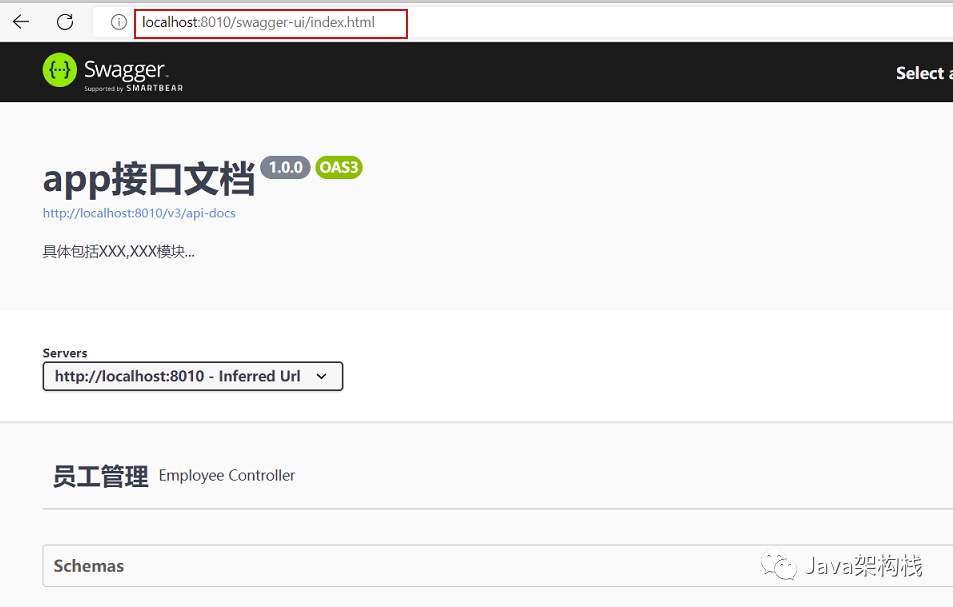
三. 设置接口文档的用户名和密码
出于安全考虑,我们在application.yml中,设置访问swagger时的用户名和密码。
knife4j:
enable: true
basic:
enable: true
username: admin
password: dic13579
四. 总结
好了,今天的文章就到这里,你学会怎么使用swagger在线文档了吗?




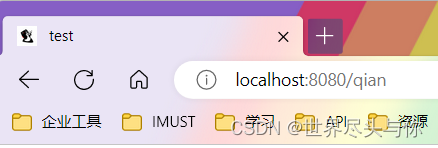
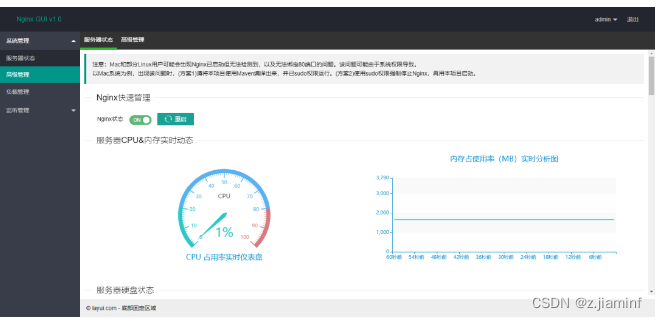

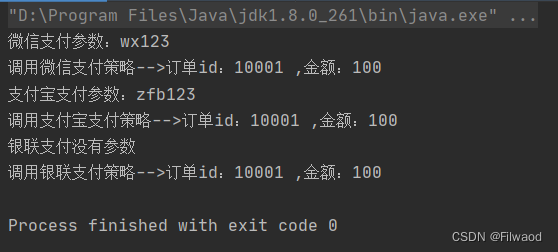

![[附源码]Node.js计算机毕业设计电影院订票管理系统Express](https://img-blog.csdnimg.cn/5a26b495e17143149f714a56b967ca9b.png)

